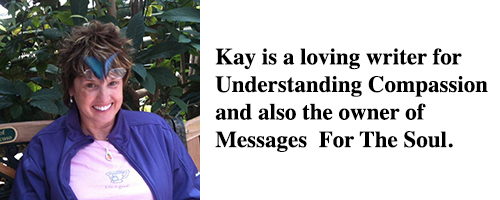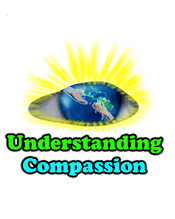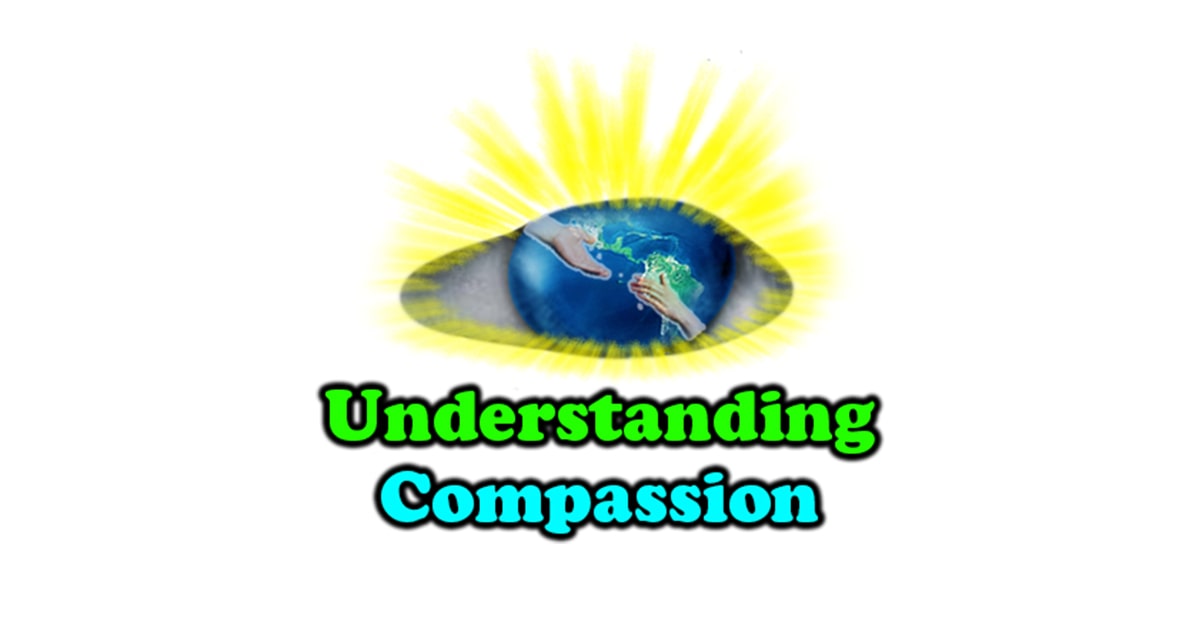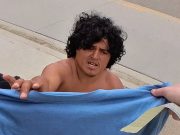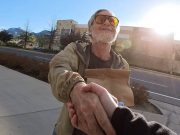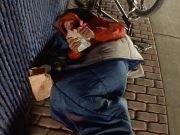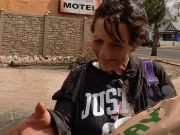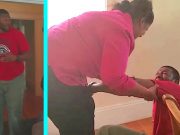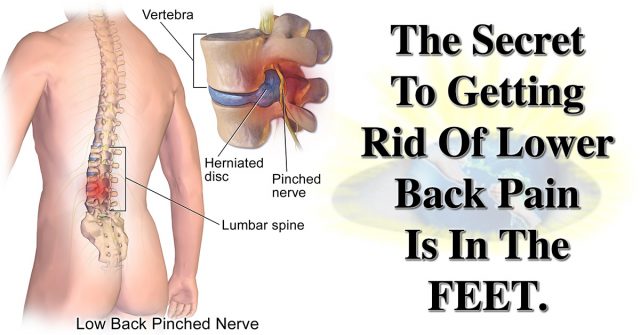While so many suffer from back pain, some so chronic and painful that it can keep one from fully living and enjoying life, there is hope! Health professionals are discovering the strong connection between our feet and the feelings and posture of the spine and the lower back.
Physical inactivity tends to weaken the feet, leading to weak and shortened muscles which can additionally cause back, knee, and hip pain. To find relief from these issues, there are specific stretching exercises that can make a world of difference.
When our back hurts, we tend to stop exercising and moving, yet that can actually make symptoms worse. We seek relief in many different ways: through massages, chiropractors, acupuncturists, pain pills, and in some cases, surgery. Yet it is well known in the medical and fitness communities that being physically inactive weakens and leads to stiff muscles, which puts strain on both the back and the knees, causing tension and tightness.
Certain stretching exercises can strengthen and improve the flexibility of the feet and lead to wonderful back pain relief. Before we share these pain-relieving exercises, here are some incredible benefits that come with stretching exercises to consider:
- Improved flexibility which can prevent injuries including muscle and ligament sprains.
- Improved circulation which helps soothe and repair damage of the muscles.
- Improved body posture which prevents neck, back, and shoulder pain.
- Increased energy levels resulting from lowered muscle stress.
- Less fatigue resulting from improved circulation.
- Strengthened bones.
- Improved heart health resulting from improved functioning of the arteries and lowered blood pressure.
- Reduced overall stress, as stretching is proven to relieve physical and emotional tension and reduce stress levels.
The feet carry the full weight of the body each and every day, and taking care of them through the following stretching exercises will improve flexibility and relieve pain in many other areas of the body, especially the lower back.
Here Are 5 Exercises That Will Fix Everything
1. Toe Curls
While seated on a chair, put the feet on a towel on the floor, and crumple the towel using the toes 5 to 10 times. Then, try to raise it with the right foot while the towel is crumpled between the toes. Hold it for a ten count and then repeat with the other foot.
2. Heel Raises
Using a wall or chair for support, stand on one leg, then gently raise your heel and shift your weight onto your toes. Do this 10 to 20 times on one foot, and then switch to the other foot.
3. Ankle Circles
While laying on your back or sitting in a chair, raise one leg and begin slowly rotating it in a circular motion. Really point and flex your toes as you do your rotations, and enjoy the feeling. Do one direction (clockwise or counter-clockwise) 5 to 10 times, and then switch directions. After you’ve completed both directions, raise the other leg and rotate the other ankle.
4. Toe Walking
Bring your weight forward and stand on your toes, and proceed to make small steps forward for 20 seconds. Keep your feet straight. After 20 seconds, return to a regular jogging position and jog for 10 to 20 seconds to relax and refresh the muscles in the feet.
See Also: 8 Places Your Body Stores Stress And What It Reveals About Your Emotions
5. Tibialis Anterior
You’ll need a strap or exercise band for this one. Put one side of the exercise band under a chair or sofa leg and bring the other side in front of you. Sit on the floor or on a yoga mat and extend one leg forward, putting the strap over the foot. Tuck the opposite foot under the shin of the extended leg. Then stretch the band by pulling your foot back towards your body, then after relaxing it a bit forward. Do 10 repetitions, and then switch feet.
Give these 5 exercises a try and pay close attention during your first month to your back and notice any signs of pain relief as the muscles in your feet become more flexible and strengthen. We hope relief and feelings of joy come to you as quickly as possible!
The Psoas Muscles
Tight hamstrings and weak abdominal muscles are also big contributors to back pain. Tight hip flexors and a tight psoas muscle have also been found to contribute to low back pain. The psoas muscles are the primary connectors between the legs and torso. They stabilize the spine and enable us to stand. Because they are major flexors, weak psoas muscles can cause many of the surrounding muscles to overcompensate and become stressed. This is why tight or overstressed psoas muscles can lead to aches and pains, including low back pain.
In the following video, Dr. Eric Berg shows the best possible exercises to relieve tension in the psoas muscles:
Additional Tips To Relieve Back Pain:
1. Exercise and stretch on a regular basis.
2. Get enough sleep.
3. Be extremely careful when lifting heavy objects (lift with your legs, not your back).
4. Maintain correct posture when sitting and standing (don’t slouch).
5. Eat a healthy diet with lots of anti-inflammatory foods.
6. Stay hydrated with lots of water throughout the day.
7. Lower stress levels.
8. Avoid tobacco.
9. Limit alcohol.
As with any exercise advice, please consult with your Doctor first.
Do you have any wonderful tips to relieving low back pain?
Let us know in the comments.
You are Loved.
See Also: 10 Wonderful Piriformis Stretches To Help You Get Rid of Sciatica, Hip & Lower Back Pain
